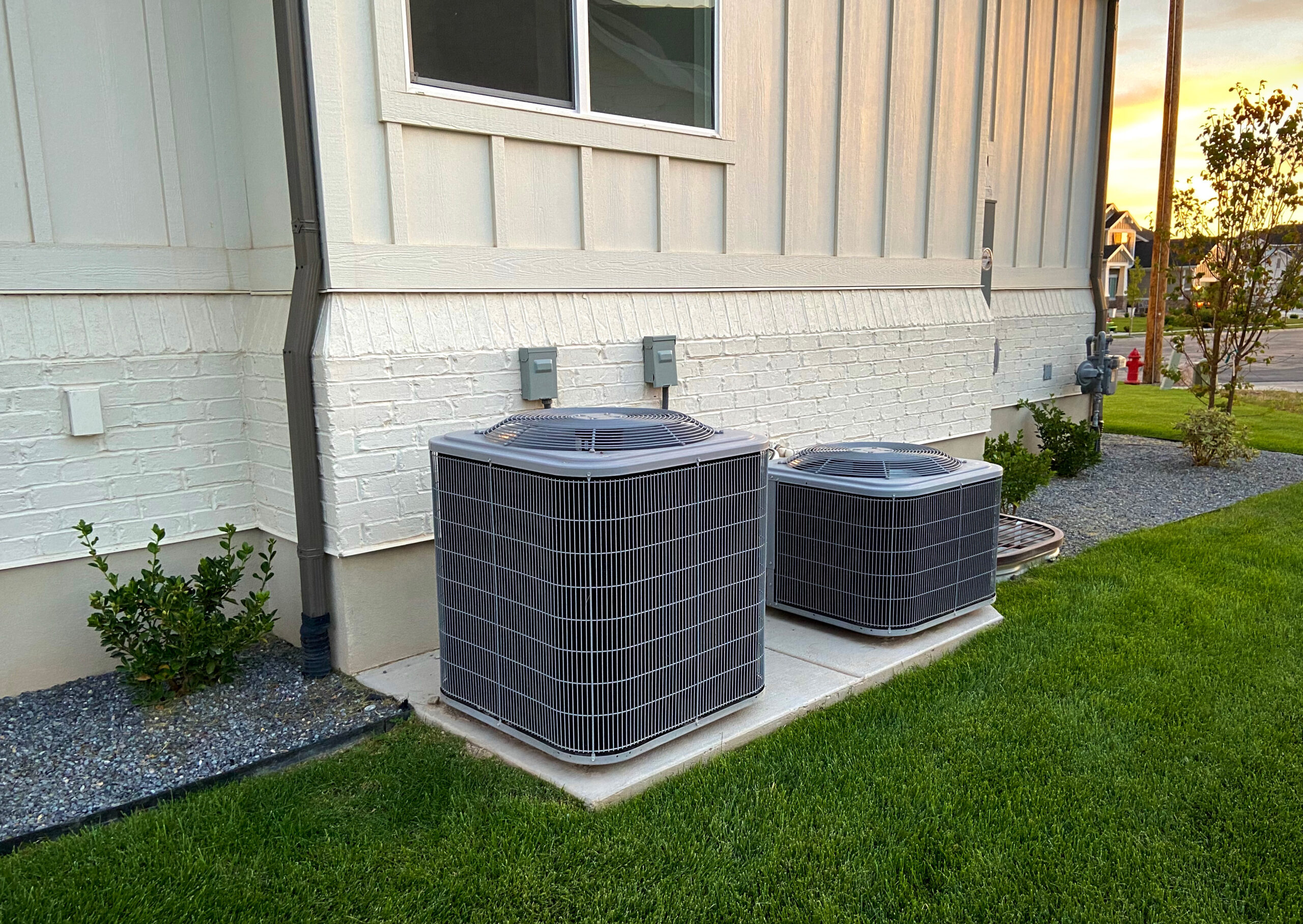Climate control is one of the greatest inventions of humankind since leavened bread, but when it’s suddenly not working properly, or it stops working all together, your HVAC system can become a massive source of stress and worry. Before you decide to panic, though, consider doing a little troubleshooting of your system. There are several very easy things you can check before you even have to call a repairman.
Is Your HVAC Powered and Set Properly?
Often, when HVAC systems go awry, it’s because your system is simply not powered. That might seem like an obvious problem, but since your HVAC system likely has at least two different breakers in your breaker box, it can be easy to miss that a switch has been flipped. Reset both your air conditioner and your furnace or air handler’s breakers, then try to kick the system on again.
Another major source of headaches for homeowners is the thermostat itself. Not only do thermostats actually go bad from time to time (even smart thermostats), they can also throw curveballs. Check that your thermostat is set to a temperature that will turn your system on, and that the right mode is enabled, if your system doesn’t automatically change between heat and air. Learning thermostats can sometimes randomly change your programmed settings, if they think you’re regularly making a specific adjustment, and may have simply changed the program in an attempt to help.
Are Your Filters Clean?
It might sound like a small thing, but your filters determine how much air makes it from the interior of your home into your air handler and back out the vents at some temperature that is meant to help you achieve your desired comfort level. If your filters are dirty, they can drastically cut down on how much air is moving through your home.
Change your filters monthly, even if they only look slightly dirty, since today’s high filtration filters can get clogged quickly. You can also swap those paper filters for custom built electrostatic filters, so you only need to vacuum and hose your filters down once a month, rather than go to the additional expense of buying new ones constantly.
Are Your Ducts Leaky?
If your HVAC is blowing air, hot or cold, but it just doesn’t seem like it’s as hot or as cold as it normally is, your problem might be in your ducts. Ductwork can work loose over time, or be pulled down by animals who might have snuck into your crawlspace or attic. When there’s an opening in that ductwork, you can lose both air pressure and some of the temperature treated air that you’re trying to keep inside your house.
To check your ductwork, you’ll just need to go to where it’s hanging, and start at one end. Make sure the HVAC system is blowing so you can feel for leaks with your bare hands. When you find one, reconnect the ductwork. Some systems fit together with screws, while others use clamps. Once reconnected, you can double-secure your handiwork by winding aluminum tape around the seam where you made the repair. You may also need to add additional support to help hold the ductwork in place if there isn’t adequate strapping.
If your ductwork is in good shape, but it still feels like you’re not getting enough treated air, check your windows and doors for leaks and seal them tight. You can do this by feeling around them for drafts, or waiting until after dark and going outside to look for light peeking through cracks in doors and around trim. Doing both will catch more leaks than either one alone.
Do You Need an Expert?
If you’ve done all you can on your own to figure out what’s keeping your heating or air conditioning from being its best, it might be time to call in an HVAC expert. Not only will they have all the right tools to properly diagnose your problem, their experience can also help them find the issue right away.
__
Buy a House in St. George UT, Buy a House in Southern UT, Sell a House in St. George UT, Sell a house in Southern UT
